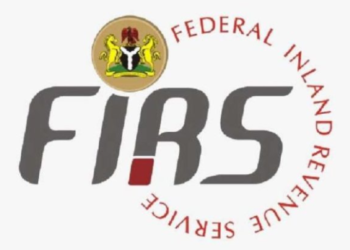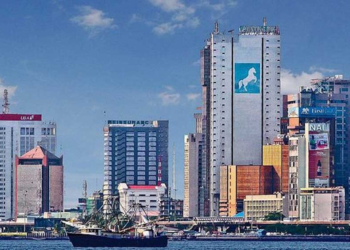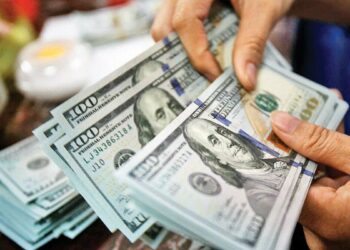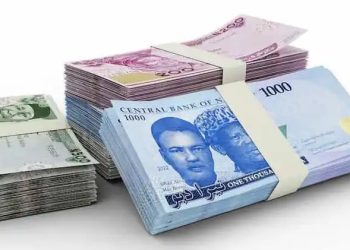The exchange rate between the Nigerian naira and the US dollar has taken a severe hit, sinking to N900/$1 on the black market, as reported by RateCaptain on Wednesday. This marks a significant depreciation from N840/$1 just last week, following a warning from the central bank regarding potential declines. Despite efforts by the Tinubu administration and the central bank’s interventions, supply challenges and mounting demand pressures have continued to impact the naira’s value.
A Rapid Descent:
Earlier on Wednesday, the exchange rate oscillated around N865-N890/$1, but the afternoon saw a steep decline, indicating a surge in demand and ongoing supply constraints. In mid-August, the naira dropped as low as N955/$1, igniting concerns among investors about a potential plummet to N1000/$1.
Government’s Resolve and Interventions:
In response to the deteriorating exchange rate, the Tinubu administration pledged to address the issue, bolstered by the central bank’s commitment to intervene. The government also announced that the Nigerian National Petroleum Corporation (NNPC) had secured a $3.5 billion borrowing deal aimed at boosting supply amidst escalating demand. These measures had initially improved sentiment, suggesting a potential reduction in the black market premium over the official Investors and Exporters (I&E) Window.
JP Morgan’s Revelation and Uncertainty:
Despite these efforts, recent revelations from JP Morgan disclosed that Nigeria’s central bank held net reserves of approximately $3.7 billion as of December 2022. This revelation left analysts puzzled, as the precise reasons behind the naira’s depreciation remained elusive.
Demand Pressures and Speculations:
Operators, speaking anonymously to RateCaptain, indicated that the naira’s decline could be attributed to mounting demand pressures. Some speculated that the brief appreciation earlier in the week was driven by speculators’ anxieties over potential appreciation. However, underlying demand remains unmet due to unresolved supply challenges.
One operator, known as “Ahmed,” pointed out that despite government statements, tangible improvements in the supply of dollars have yet to be seen. Musa suggested that once actual dollar flow materializes, the exchange rate could strengthen.
Central Bank’s Strategic Move:
Adding to the developments, Nigeria’s central bank announced plans to reintegrate Bureau De Change (BDC) operators into the forex market, guided by revamped protocols. Analysts view this as a prudent step towards enhancing liquidity at the retail level, addressing one facet of the currency challenge.
Official I&E Window Performance:
On August 22, trading on the official I&E window reflected an exchange rate settling at N771/$1, a decrease from the previous day’s N761.32. The intraday high reached N799.9/$1, while the intraday low dipped to N799/$1. The day’s market activity witnessed a turnover of $122 million.
Consistent Reporting by RateCaptain:
Currency tracking platform rateCaptain also confirmed the trend, capturing the exchange rate at N900/$1 on Wednesday, aligning with other market reports.
As Nigeria grapples with these economic dynamics, the future of the naira remains a subject of scrutiny, with both supply-side interventions and demand-side pressures shaping its trajectory.











